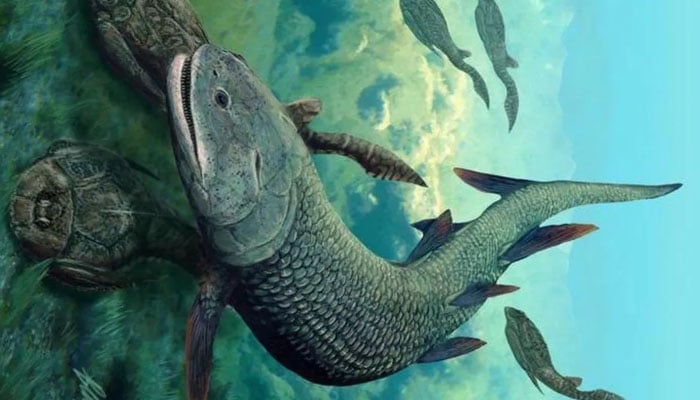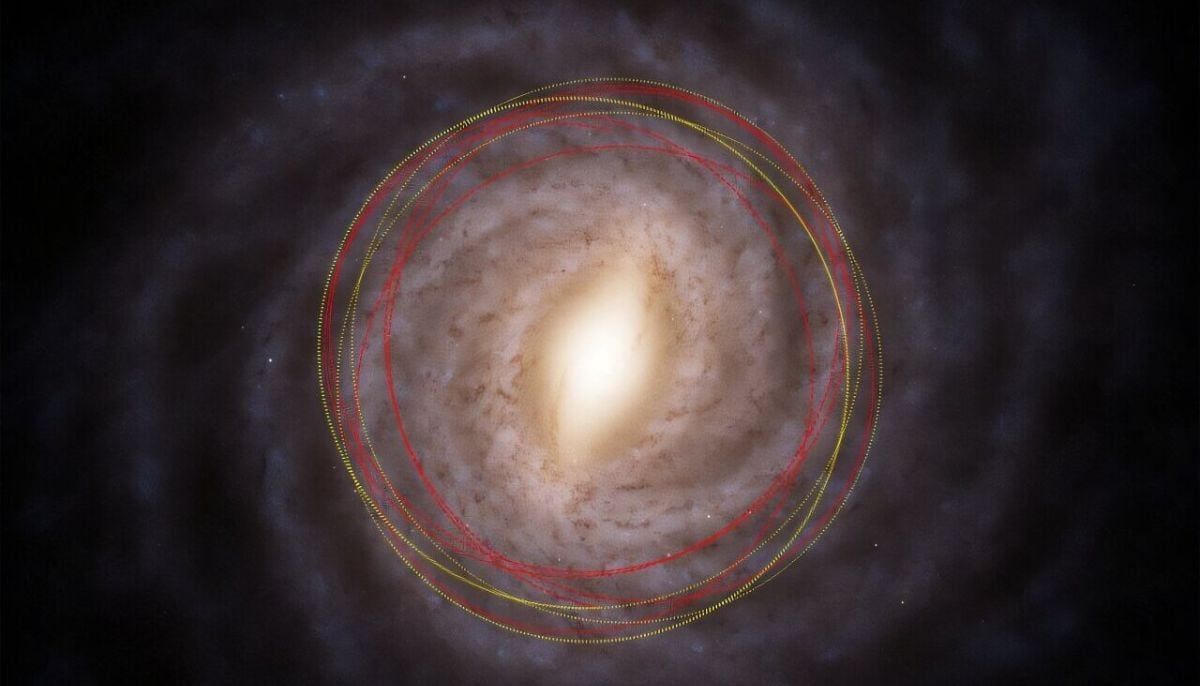380 million years old fish fossil discovered in Australia shocking scientists
380 million years old fish fossil has been named Harajicadectes zhumini by scientists
An extinct lobe-finned fish, a sleek species with large canines and bony scales from the Middle-Late Devonian period, which lasted for about 380 million years has been discovered in Australia.
In the past, when rivers poured over the now-dry land, this predatory aquatic animal flourished in what is now Australia, according to Interesting Engineering.
Flinders University palaeontologists have named the recently found fish species Harajicadectes zhumini.
The fossilised remains were found over 200 kilometres west of Alice Springs at the Harajica Sandstone Member, a distant fossil location in Australia's Northern Territory.
The scientists estimate that adults of this species reached a maximum size of 40 cm based on the fossilised bones.
The recently discovered species is a member of the ancient Tetrapodomorph lineage and has distinctive biological characteristics.
Large holes were found in the upper part of the specimen's skull during examination.
“These spiracular structures are thought to facilitate surface air-breathing, with modern-day African bichir fish having similar structures for taking in air at the water's surface,” said Brian Choo, who led the fossil examination.
“This feature appears in multiple Tetrapomodorph lineages at about the same time during the Middle-Late Devonian,” added Choo.
The authors point out that several other extinct lobe-finned fish species, such as the Gogonasus from Western Australia, have been found to possess the remarkable biological trait of a huge spiracle.
Pickeringius, an unrelated ray-finned fish species from Western Australia that was discovered in 2018, is another example of this feature.
-
Aurora alert: Northern lights visible tonight at high latitudes
-
Honeybees could help humans communicate with aliens, scientists say
-
Comet 3I/ATLAS: Evidence suggests that interstellar visitor is older than the sun
-
Scientists discovered never-before-seen creature in Great Salt Lake
-
SpaceX mission 2026: 29 Starlink satellites deployed in year’s third flight
-
NASA, SpaceX announce target date for Crew-11’s splashdown return to Earth
-
World oceans absorbed record heat in 2025, may trigger intense climate crises, says report
-
February full moon 2026: Snow Moon date, time and visibility












